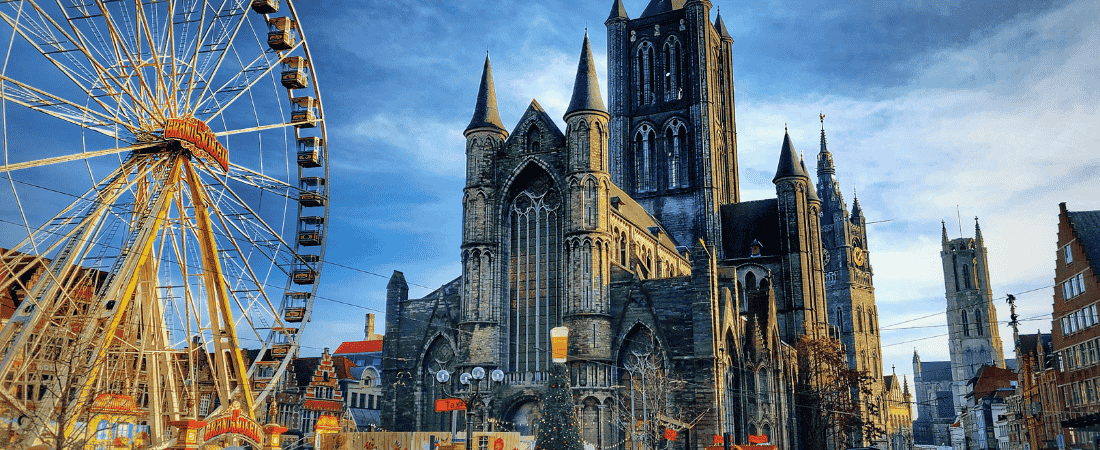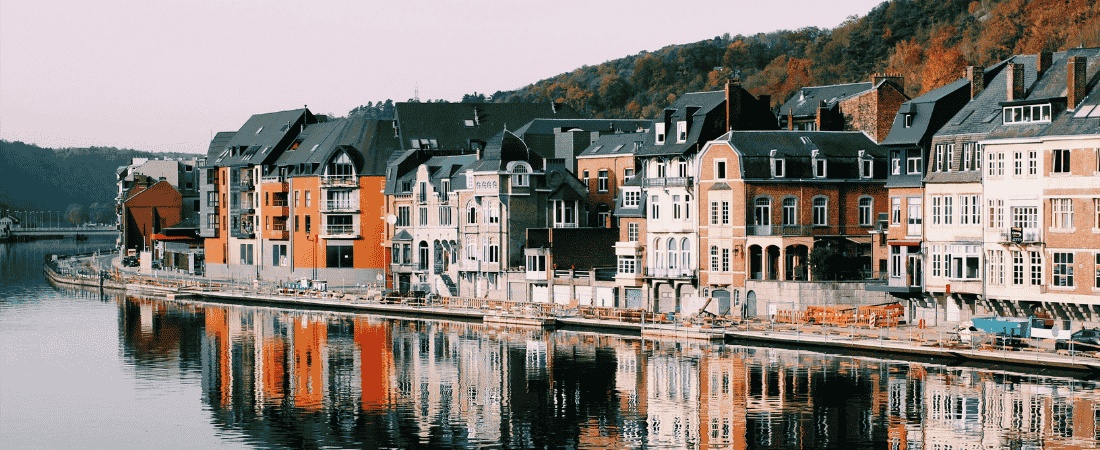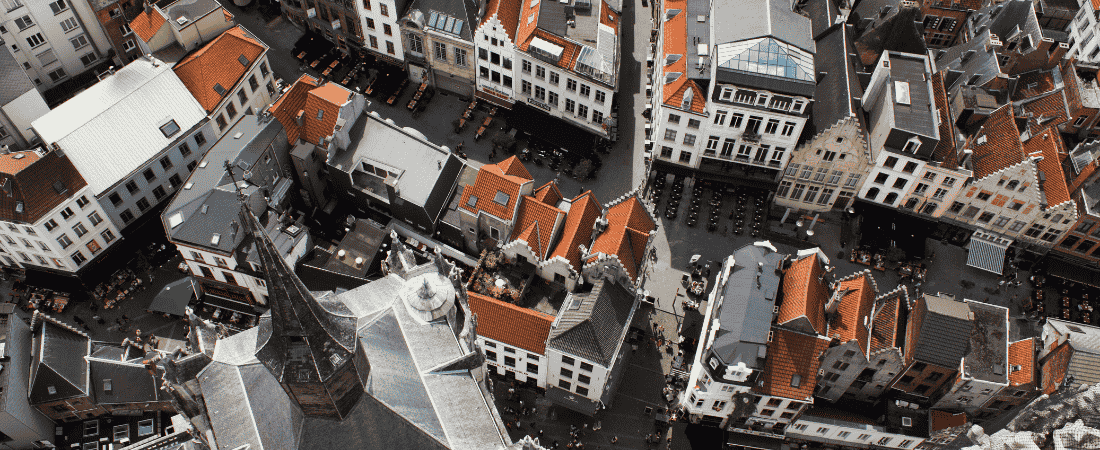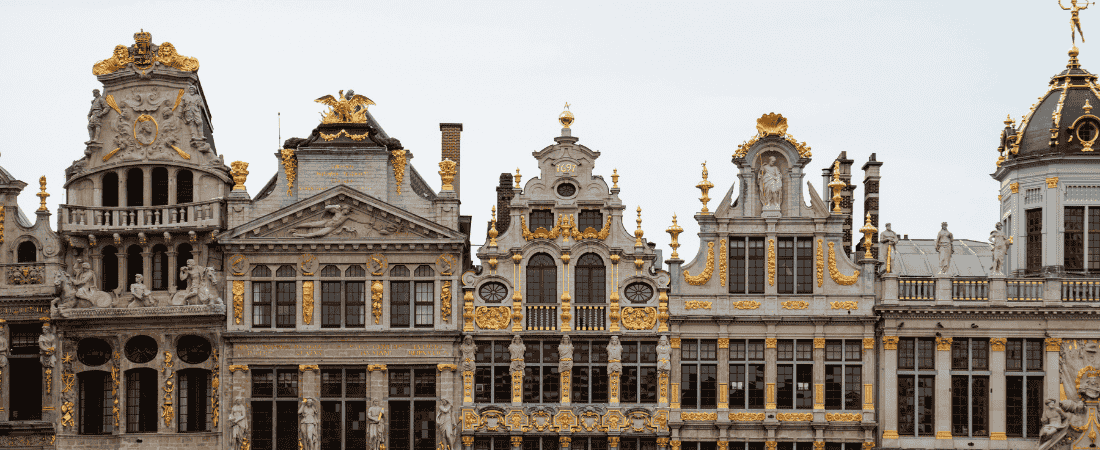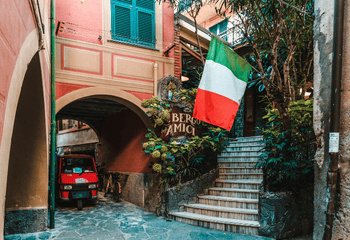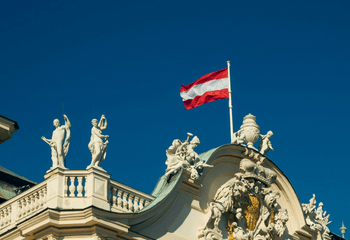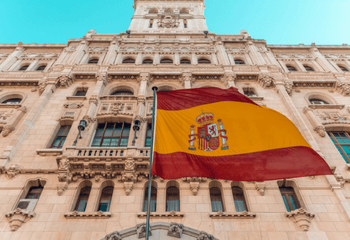Learn More About Belgium
General Information
· Country Name: Belgium (officially: Kingdom of Belgium)
· Continent: Europe
· Capital: Brussels
· Population: around 11,700,000
· Area: about 30,500 km²
· Language: Dutch, French, and German (all official languages, depending on the region)
· Currency: Euro (EUR)
Landscape
What Belgium Actually Looks Like (Spoiler: It’s Not Just Flat Fields)
Even though Belgium is a small country, it still has a nice variety of landscapes. In the north, the land is mostly flat and open, with lots of farmland, canals, and small towns. This region is called Flanders, and it has a lot of fields, bike paths, and pretty countryside views.
The southern part, called Wallonia, is hillier and greener. It has more forests, rivers, and small villages, especially in an area called the Ardennes. The Ardennes are great for hiking, kayaking, or just spending time in nature. You’ll also find caves, castles, and quiet valleys that feel super peaceful.
Belgium also has a short coastline along the North Sea in the northwest. It’s not huge, but there are sandy beaches, small beach towns, and a long path along the shore that's perfect for walking or biking.
Many cities and towns in Belgium have rivers or canals running through them, which makes them really scenic. Nature isn’t far away, and even in bigger cities, there are usually parks and green spaces to relax in.
Culture & Traditions
From Fries to Festivals: What Everyday Life in Belgium Is Really Like
Belgium has a rich mix of cultures, partly because it has three official languages and different regions with their own traditions. Dutch is mostly spoken in the north (Flanders), French in the south (Wallonia), and a small part in the east speaks German. Most people also learn English at school, so communication usually works out fine.
Each region has its own local festivals, foods, and customs. Belgians love celebrating with parades, music, costumes, and fireworks. One of the most famous events is Carnaval de Binche, where people wear traditional masks and throw oranges into the crowd!
Food is a big deal in Belgium, especially fries (frites), waffles, and chocolate. Fries are usually eaten with mayonnaise and often come from little fry stands called friteries or frietkoten. Waffles come in different styles depending on the region, and Belgian chocolate is known all over the world. You’ll also find dishes like stoofvlees (a kind of beef stew), boulets (meatballs), and tons of local cheeses.
Art, music, and comics are also important in Belgian culture. Belgium is the home of famous comic book characters like Tintin and the Smurfs. Museums, festivals, and concerts are common, especially in the bigger cities.
Education System
Going to School in Belgium: What You Can Expect as a Student
The Belgian school system is divided by region, but the general structure is similar across the country. After kindergarten (école maternelle / kleuterschool), students go to primary school from age 6 to 12, then move on to secondary school from age 12 to 18.
Secondary school is usually six years long and is divided into three cycles of two years each. Students can choose between different types of education: general (more academic), technical, artistic, or vocational. Exchange students usually attend a general or technical track, depending on the school.
The school year begins in September and ends in late June, with holidays in autumn, winter (Christmas), spring (Easter), and a long summer break. There are also a few public holidays throughout the year.
A regular school day often starts around 8:00 a.m. and ends around 3:30 or 4:00 p.m., with a lunch break around midday. In some schools, Wednesdays are shorter days with classes only in the morning. Students have a mix of core subjects like math, French or Dutch, science, and history, along with foreign languages and optional subjects like art, music, or IT.
After-school clubs or sports are sometimes offered at school, but many students join activities through local clubs or sports centers. These are great places to meet people and try something new.
Daily Life
After Class in Belgium: Free Time, Friends, and Fries
Daily life in Belgium is a mix of relaxed and structured. People usually start school or work early, and afternoons or evenings are for hobbies, sports, or spending time with friends and family.
Public transport is well-organized in most areas, with trains, buses, and trams making it easy to get around, especially between cities. Many students also bike to school, especially in flatter areas.
Teenagers usually meet up at cafés, parks, or shopping streets. Grabbing fries after school, watching a movie, or just hanging out in the town square are common ways to spend free time. In the evenings, family dinners are important, and on weekends, people often visit grandparents, go to local events, or take a day trip somewhere nearby.
Fun Fact
There’s no such thing as just a “Belgian waffle” in Belgium. There are actually multiple types—like the soft, square Brussels waffle and the sweet, chewy Liège waffle with sugar chunks inside. So if you order a “Belgian waffle” there… people might just ask, “Which one?”

